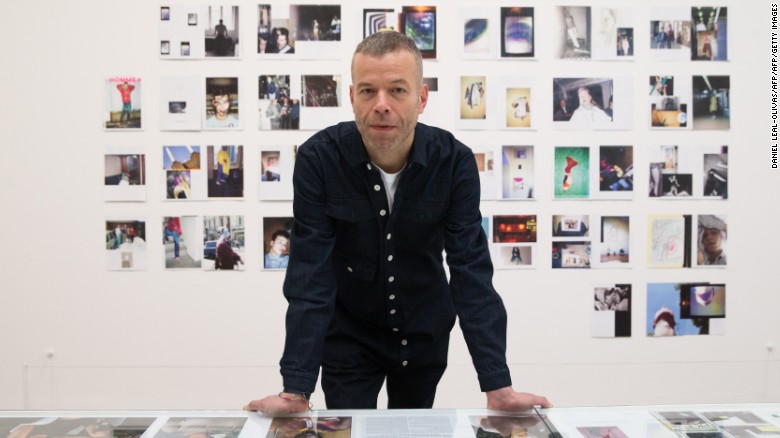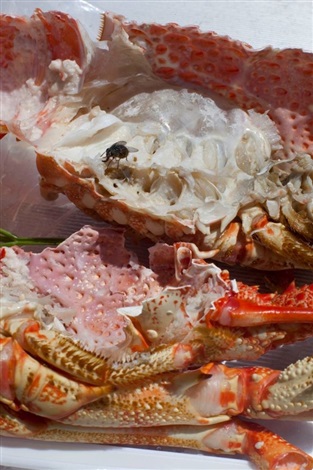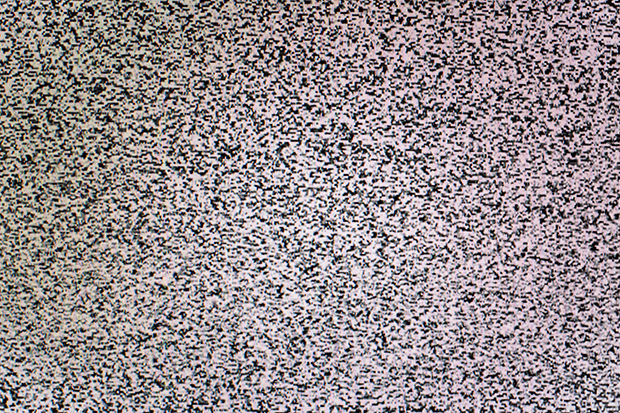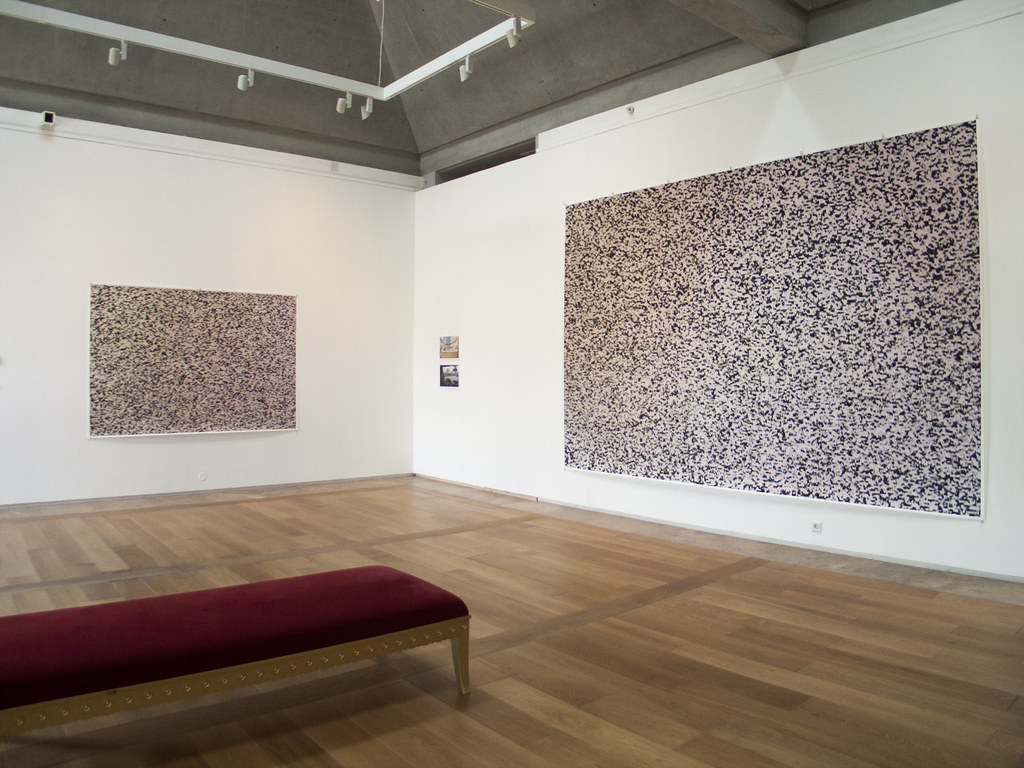Wolfgang Tillmans

Many of his works engage us with themes of
- community
- sociability
- empathy
- vulnerability
-conceptual and abstract photographs
-Changing style: willing to explore and experiment.
however inconsistent style also makes Tillmans difficult to study…
Four-year project Neue Welt:
captured images in a depth of detail that is immediately compelling, but also suggests the excess of information that is often described as a condition of contemporary life.
Works that I appreciate:
Astro crusto (2012)

The above photo shows a fly which landed on the flesh of a cooked crab, which its shell is broken. It appears as if someone had it for lunch and left it there without cleaning.
Tillmans’ works often reflected his attitude towards politics.
The reason why I found this piece of work amusing was because it reflected the concept of corruption using still life objects. It makes me question whether things are really the way we perceive it.
My own analysis:
The reddish orange crab, as well as the white portions, take up most of the photo, yet the little black fly that sits on the crab meat will still capture the eyes of the viewer. Tillmans cleverly made use of contrast to bring the fly to focus. The fly landed on the white portion, making itself stand out. Thus despite the presence of colours like red and orange (they are strong colours that catch peoples’ attention), the fly itself stands out as well.
We see flies everywhere. And it is kind of normal for flies to come disturb us when we are having our meals. However, is it really normal? The photo Tillmans captured may be something in our daily lives. However, if I were to dig deeper, flies can be linked to decomposition and corruption.
The idea of flies itself leads me back to a literature book I read, Lord of the Flies.

In Lord of the Flies, the flies symbolized savageness, brutality as well as evil. It also signified corruption and darkness within humanity.
Perhaps there is a message? What we perceive as normal or we do not realise the seriousness as we do not consider it on a deeper level: corruption that happens daily, perhaps in a political sense.
Colours red and orange are often linked to power, wealth and prosperity. Perhaps Tillmans is trying to signify that most of these issues are related to the wealthy or those with great authority.
These are my own thoughts on this piece of artwork.
useful link:
La Palma (2014)

There is not much about the back ground of La Palma on the internet.
I found La Palma extremely mesmerizing. The texture of the snow (?) is amusing to me. On the black coloured ground, it brings out how delicate the snow appeared.
One thing about this is, the snow seems to envelop the pearly white snow, but could Tillmans be intending to twist the meaning instead? If the snow were to melt, the black portion will “spread”, eventually everything will be black.
It might be signifying the concept of corruption again.
The reason why I thought of all these was that black and white are colours that contrast. They are on the two ends of the spectrum. Black and White also applies to Yin and Yang. They are often used to represent evil and good as well.
I really liked how the photo appeared.
Sendeschluss/End of Broadcast (2014)


http://www.tate.org.uk/art/artists/wolfgang-tillmans-2747/room-guide-2017
In Tillmans’s Sendeschluss/End of Broadcast 2014 it represents the coexistence of two different generations of technology. The chaotic analogue static was displayed on a digital television, which allowed Tillmans’s high-resolution digital camera to record the pattern as it really appeared, something that would not have been possible with a traditional cathode ray tube television. This work shows Tillmans’s interest in questioning what we believe to be true: the seemingly black-and-white image turns out to be extremely colourful when viewed very close up
Once again, compelling and impressive works which question our beliefs.
Is your perception really true?
Some useful links:
http://edition.cnn.com/2017/02/17/arts/wolfgang-tillmans-2017-tate-modern/index.html